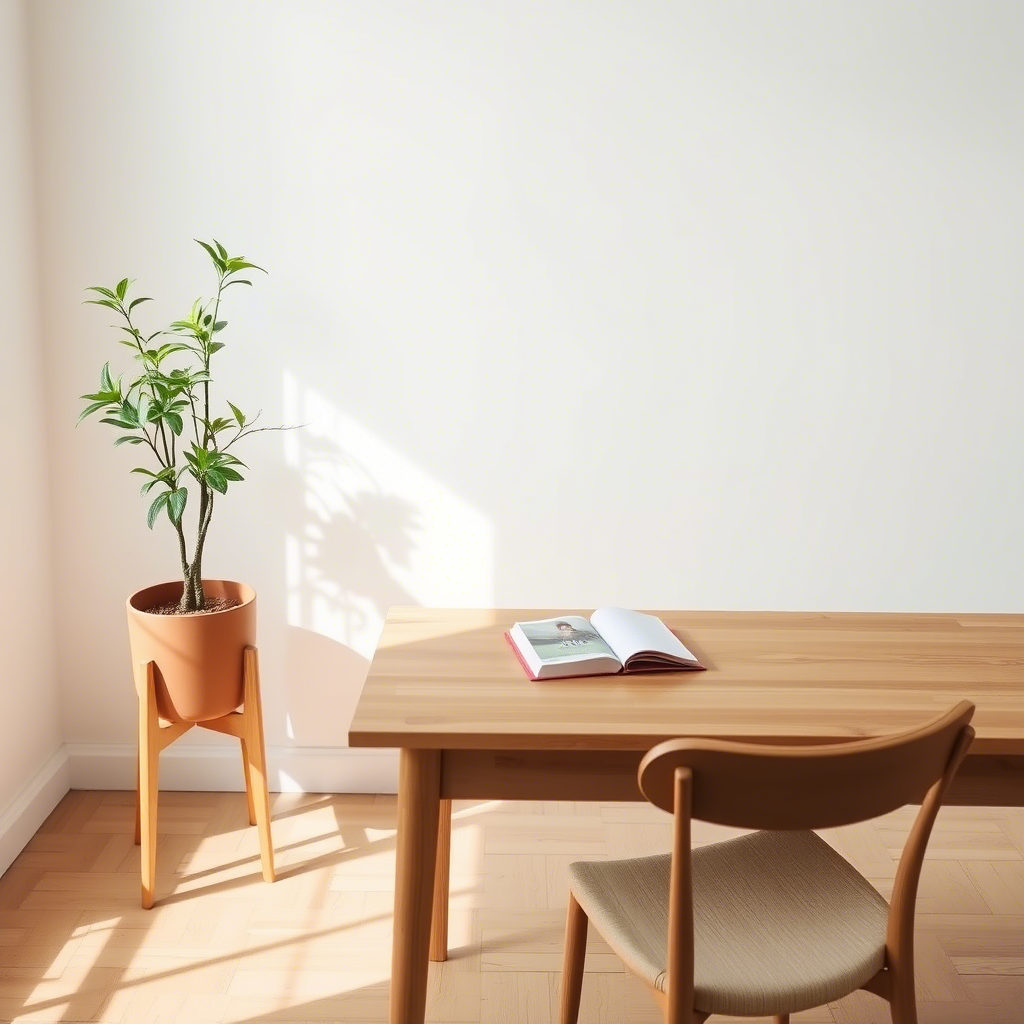In a world where consumer culture is constantly urging us to buy more, own more, and accumulate more, the concept of minimalism offers a refreshing alternative. Minimalism is about living with less, intentionally choosing to own and consume only what brings value and meaning to your life. This lifestyle shift not only simplifies your daily existence but also promotes sustainability and personal fulfillment. In this article, we will explore the principles of minimalism, its benefits, and practical steps to incorporate it into your life.
Understanding Minimalism
Minimalism is often misunderstood as deprivation or living with minimal possessions. However, it is much more than that. At its core, minimalism is about making conscious choices to focus on what truly matters in life—experiences, relationships, and personal growth—while letting go of the excess that clutters our minds and spaces. It is a lifestyle that encourages intentionality and mindfulness in all aspects of life.
The philosophy of minimalism can be traced back to various cultural and philosophical movements, including Zen Buddhism, which emphasizes simplicity and the importance of living in the present moment. In modern times, minimalism has gained popularity as a response to the overwhelming abundance of material possessions and the stress that comes with maintaining and managing them.
Benefits of Minimalism
Adopting a minimalist approach can lead to numerous personal and environmental benefits:
- Reduced Stress: With fewer possessions to manage and less clutter in your living space, you experience lower levels of stress and anxiety.
- Increased Financial Freedom: By spending less on material goods, you can save money and allocate resources towards experiences, education, or savings.
- Environmental Sustainability: Consuming less reduces the demand for new products, thereby conserving resources and reducing waste.
- Clarity and Focus: Minimalism promotes mental clarity by reducing distractions and allowing you to concentrate on your goals and priorities.
- Enhanced Life Satisfaction: Focusing on experiences and relationships rather than material possessions leads to greater long-term happiness.
Practical Steps to Embrace Minimalism
Transitioning to a minimalist lifestyle doesn’t have to be daunting. Here are some practical steps to help you get started:
- Assess Your Possessions: Begin by taking inventory of your belongings. Categorize items into groups like clothing, books, electronics, and kitchenware.
- Declutter: Start by getting rid of items you no longer use or need. Consider donating, selling, or recycling these items.
- Set Limits: Implement rules for acquiring new items, such as the “one in, one out” policy, where you remove an old item for every new one you bring in.
- Embrace Experiences: Prioritize experiences over material possessions. Invest time and money in activities that bring you joy and create lasting memories.
- Choose Quality Over Quantity: Invest in durable, high-quality items that will last longer, reducing the need for frequent replacements.
- Simplify Your Space: Design your living spaces to be functional and free from clutter. Use multi-purpose furniture and store items thoughtfully.
- Practice Mindful Consumption: Before making a purchase, ask yourself if the item aligns with your values and if it will bring lasting value to your life.
Real-Life Examples of Minimalism
To illustrate the impact of minimalism, let’s look at a few real-life examples:
- Jenny, the Digital Nomad: Jenny downsized her possessions to fit into a backpack, allowing her to travel the world and focus on her work as a freelance writer. Her minimalist lifestyle has given her the freedom to live and work from anywhere.
- Mark, the Busy Professional: Mark implemented a minimalist approach to his workspace, decluttering his desk and digital files. This has significantly improved his productivity and reduced stress levels.
- Lisa, the Eco-Warrior: By adopting minimalism, Lisa has reduced her carbon footprint by consuming less and choosing sustainable products. She finds joy in living consciously and inspiring others to do the same.
Common Misconceptions About Minimalism
Minimalism is often misunderstood, leading to several misconceptions:
- Minimalism is Asceticism: Minimalism isn’t about depriving yourself of all comforts. It’s about choosing to own what brings you joy and purpose, without unnecessary excess.
- Minimalism is Only for Certain Lifestyles: Minimalism can be adapted to any lifestyle, whether you live in a small apartment or a large house, have a family, or are single.
- Minimalism Requires Extreme Sacrifice: While it does involve letting go of some possessions, the joy and benefits gained from a simpler life often outweigh any perceived sacrifices.
Maintaining a Minimalist Lifestyle
Once you’ve made the initial transition to minimalism, it’s important to maintain your new lifestyle:
- Regular Decluttering: Set aside time periodically to review your possessions and remove items that no longer serve a purpose.
- Mindful Shopping: Be intentional about your purchases, considering whether each item aligns with your values and needs.
- Embrace Simplicity: Continuously seek ways to simplify your life, from streamlining your routines to reducing commitments that don’t add value.
- Find Community Support: Connect with others who practice minimalism for support, inspiration, and shared experiences.
Conclusion
Minimalism is not just a trend; it’s a way of life that promotes intentionality, sustainability, and personal growth. By embracing minimalism, you can reduce stress, save money, and live a more fulfilling life aligned with your values. Start your minimalist journey today, and discover the freedom that comes with living with less.


